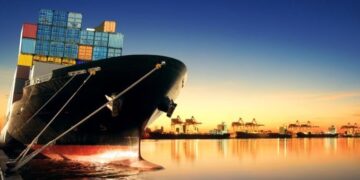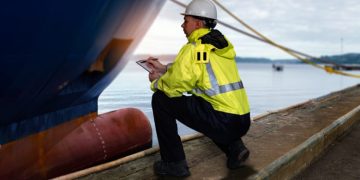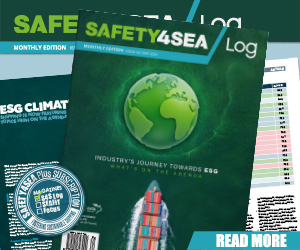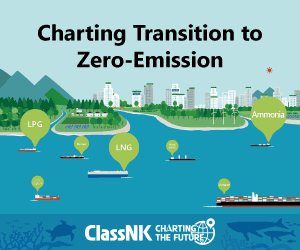EnSolve Launches SOx Scrubber Water Treatment System
EnSolve Biosystems announced that it has developed a new product called EnScrub which treats particulates and petroleum hydrocarbons from the effluent of shipboard sulfur oxides (SOx) scrubber systems. This patent-pending technology, partially funded by a Phase II National Science Foundation (NSF) grant, combines biological and physical processes to remove and destroy petroleum hydrocarbons from the aqueous effluent of SOx scrubbers. "Whereas SOx scrubber systems focus on the removal of sulfur oxides from engine emissions, harmful particulates and petroleum hydrocarbons end up in the aqueous effluent of these scrubber systems," explained Jason Caplan, president of EnSolve. "If this petroleum-tainted effluent is sent overboard, it can present an environmental and regulatory problem for the shipowner. The EnScrub system addresses these contaminants thereby reducing or eliminating the regulatory risk of discharging untreated SOx scrubber water overboard." In late 2012, EnSolve conducted efficacy testing of a prototype EnScrub System on effluent obtained from an SOx scrubber system at the Port of Long Beach, Calif. The analytical results indicated that the EnScrub system was successful in reducing more than 99 percent of the petroleum hydrocarbons from the SOx scrubber water effluent. Subsequent testing in 2013 confirmed the results of the 2012 Port of Long Beach ...
Read more























































